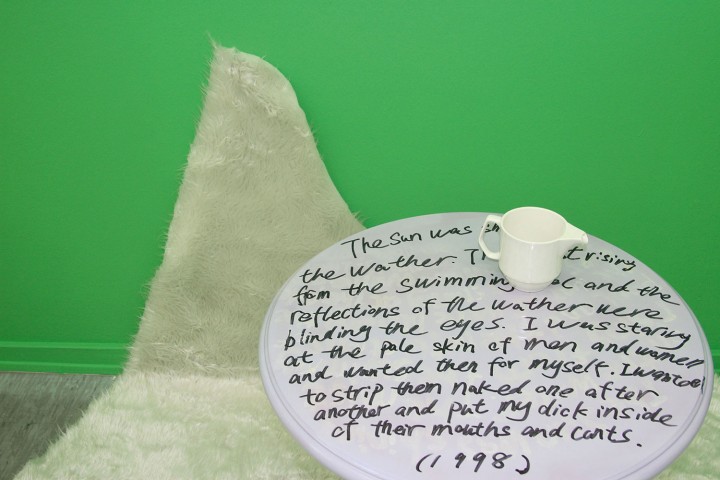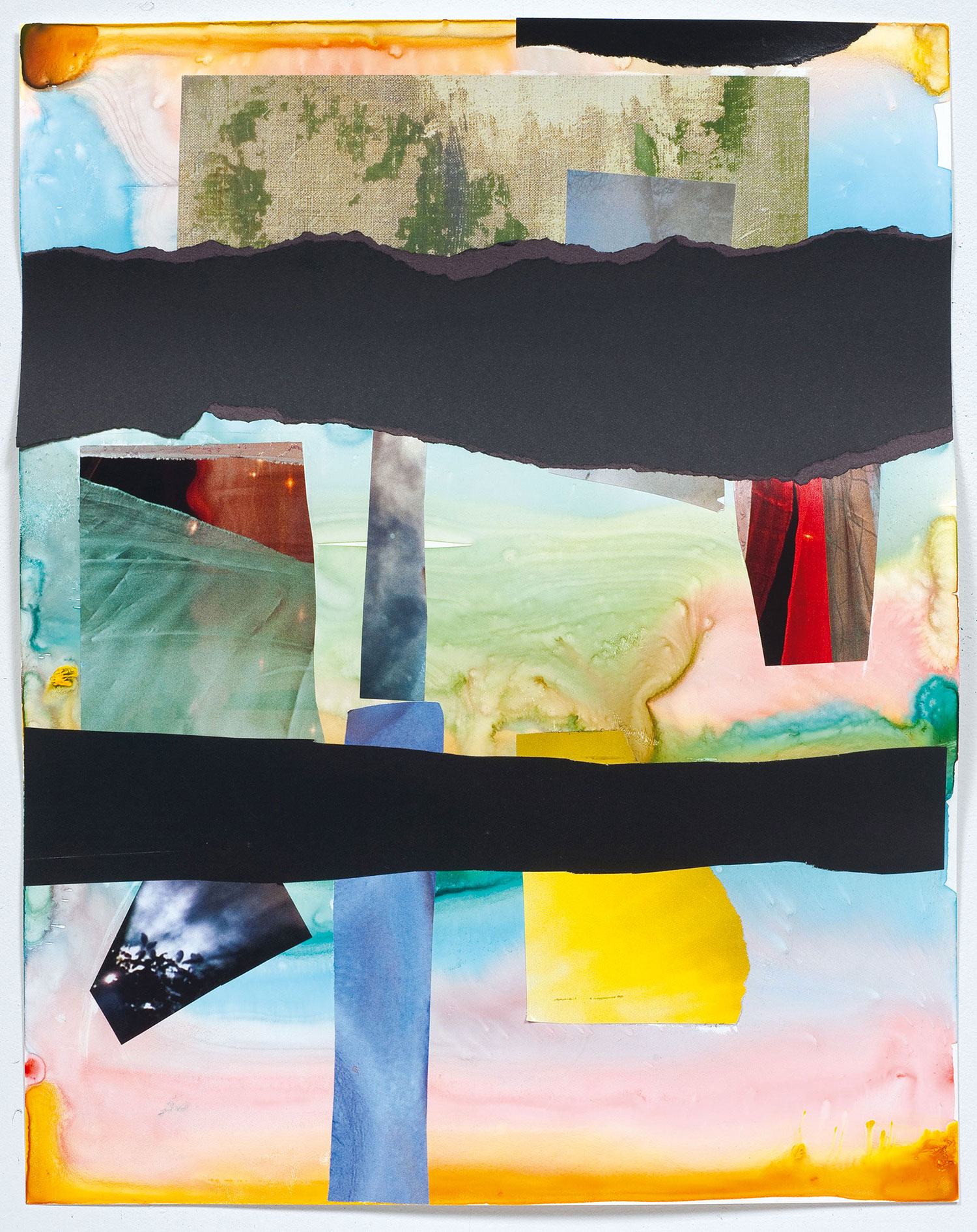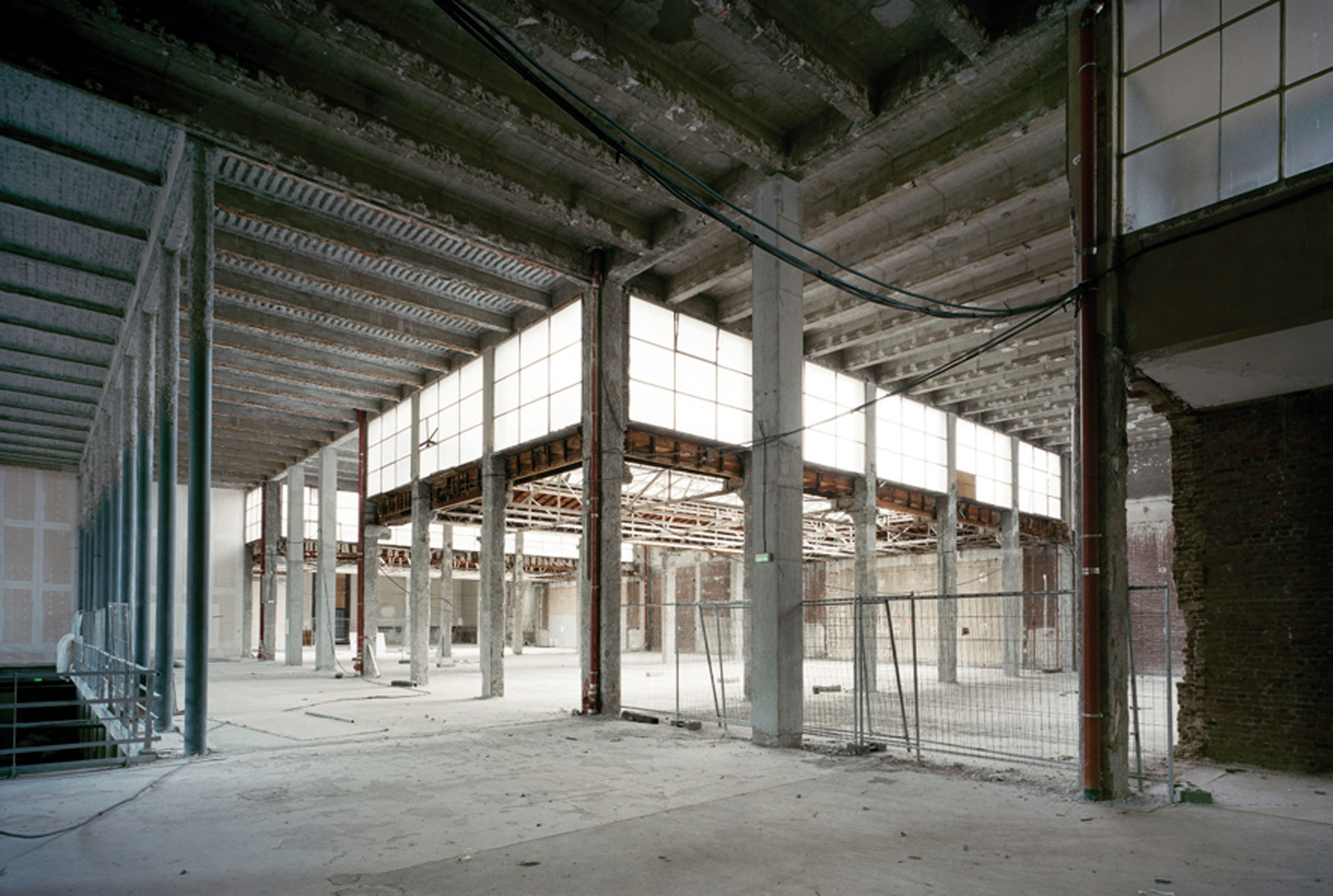
Self-awareness is a key feature of Liu Ding’s work — in many cases incessantly so. When you look at Liu Ding’s work, it is as if it is winking back at you, slyly implicating you in its investigations.
Liu Ding’s work questions the formation of value — with inevitable implications for the systems of art that posit a myth of value as a central conceit in their working processes. A generalized idea of “value” and the way that value comes to be (particularly in the rarefied atmosphere of the art world) is the sine qua non of arbitrage.
At the same time, Liu Ding’s works are full of questions. His works may literally ask a question, but more usually they put forth statements that leave us with our own questions as to the nature, source and purpose of those statements. These statements are literally applied or inscribed onto the objects themselves, or exist through the arrangements and settings presented for our contemplation.1
Each piece in Liu’s repertoire holds in its being a suitably ambivalent approach to value. In these works objects are both recipients and enactors of meanings and values. In earlier works, the artist’s crudely handwritten statements are ejaculations onto the objects, like the painted “semen” splashing across the hanging black fabric of the “Sperm Landscape” series (2008), or coating a woman’s face in a painting included in the Traces of Sperm installation.
It’s no surprise that in the Chinese art world, like social groups anywhere, internal politics play a role in value formation, and the gaucheness of Liu’s works leave him open to criticism that may or may not be deserved. The delivery of that criticism can be open and constructive, or anonymous and without context. The online environment provides plenty of opportunities to fire off anonymous barbs of criticism with impunity. Such a situation leaves the recipient impotent without the possibility of dialogue with the transmitter.
Such personal subjectivities are as much a part of the development of art and artists as the market, and are grist to the artist’s mill. So when anonymous elements turned on Liu Ding with unfounded allegations of plagiarism in 2008,2 these become material for the artist. The installation Gravestone for Rumor Monger (2008) came about as a result, comprising gloomy representations of black, jagged gravestones in the gallery and floating black clouds on the walls. The original attacks were printed in a tabloid-format newspaper for the audience. Overall, the installation was positioned as a way to “open the discussion to the public.” Chinese critic and curator Zhu Zhu likened the genesis of such accusations to Harold Bloom’s “The Anxiety of Influence” transposed to the specific context of the development of Chinese contemporary art, demonstrating the tricky politics-of-influence that the Chinese art world negotiates.3
The story behind and development of Gravestone for Rumor Monger is an almost too-perfect microcosm of a system of value formation, both in the original attempts to devalue and Liu Ding’s subsequent turning of the event. Within Liu Ding’s career this event can be seen to be formative, representing something of a mythic stage where the artist crossed his Rubicon over into the work that addresses the systems of value formation in a more coherent fashion.

A large proportion of recent work by Liu Ding has been collected together under the “utilitarian”4 banner of Liu Ding’s Store (2008-present), which investigates the “Politics of Value”5 by proposing and enacting various value-forming devices.
The Store creates four very specific contexts for its investigations. Take Home and Make Real the Priceless in Your Heart (2008-present) addresses the “seemingly controversial”6 serial production of paintings in the famed Dafen Painting Village (in a suburb of Shenzhen, China) where countless artists churn out reproductions of artworks to order. Liu Ding commissioned partially finished canvases, showing specific sections of an archetypical romantic landscape: the breathtaking waterfall, the brilliant sky, the aged tree — leaving the rest blank, waiting for completion. After being signed by Liu Ding these paintings become counters in a new game of exchange set up by the artist, where the buyer is offered a canvas they can choose to complete (or not), depending on the value they place on the original as it stands, or in its potential to be completed, or the potential of Liu Ding to become famous and make good on the investment through his own increase in value.
The series of cabinets of The Utopian Future of Art, Our Reality (2009-present) allow value to reapportion itself within the overall value of each vitrine. However, the artist stipulates that no single object can be separated from the overall value, and each individual object’s listed value is simply the overall value divided by the number of objects (including the cabinet). Hence, a small iron nut attains the same value as an artwork by Liu Ding himself (Omission, 2009), in the context of this container (A Container of Experience, 2007).
Confronted by these vitrines, different people will value the different objects in different ways and by different amounts. But they all must work within the structure that Liu Ding has imposed — that of the absolute, overall value from which all sub-values are divided. The values within the world of the vitrine are equal, but arbitrary. Within the “real world” the value of each object floats on a sea of speculation. But the vitrines allow us to posit a potential value of these things as part of a whole system in which value becomes, if not meaningless, then very simple to the point of denuding value of its relative power; as if the vitrines contained a world of value operating independently of our assumptions.
The other two parts of Liu Ding’s Shop, Conversations (2010-present) and Friendship (2010-present) hold out a more hopeful, constructive view of value. In the former, the artist conducts private conversations with various members of the art world with a view to creating “a space for open and in-depth discussions … without compromise.” Liu Ding then proposes that these discussions have value, which he prices accordingly and “challenges” the audience to fulfill by buying the work and thereby gaining access to the conversation.7 Friendship takes this further by simply providing the means towards these encounters, towards the establishment specifically of friendship. The artist sells the physical objects necessary: an elaborate arrangement of self-designed tables, chairs, lighting and plants, as well as the “psychological space” where friendship becomes a “necessity.”8

More recently the series of works Museum and Me produced by Liu Ding for the group show “A Museum That Is Not” (curated by Nikita Yingqian Cai at Times Museum Guangzhou) have developed this concern with the interaction between the artwork and the institutions of the museum and audience. Following in the steps of the work Friendship, (2010) Liu designed and had built his own furniture as part of his contribution to this show, forming a very literal point of connection between the visitor and the artwork. In another piece for this show, the format of Conversations is adapted to enable the artist to discuss with the curator his own contributions to her show, but this time (unlike Conversations) in semi-public, in front of the docents who will become the artist’s representatives while the show is taking place.
Liu’s work often sits within well-developed conceptual schema leaving the suspicion that the work has provided the audience with the necessary critical framework simply through encountering the work. A symptom of this may be that the work often includes a fully developed textual background, often written in conjunction with an arsenal of writers, critics and curators within Liu Ding’s purview, creating an edifice of theory and exemplary material in parallel with the already imposing self-awareness of the pieces.
His way of presenting value, as well as the value that Liu builds around his works, reflects his awareness of the globalization of art institutions, a situation that demands a more open understanding of value, enabling and assuming the conglomeration of multiple systems of value and holding them in abeyance. Liu Ding treats value — as represented by the art world — as a case study, pointing out its discontinuity and manipulability.
The relatively short history of the Chinese art world’s influence inside and outside of its borders, at the same time as its own development of its localized art system, has created the opportunity to rethink imported values and systems of value as they are adopted and re-implemented in this new context. Much like the groundwork for Gravestone for Rumor Monger, this is based on the actions of individuals, which become these new systems, and the relationships between people become the foundation of values within the systems. For Liu, the realized or applied values themselves are less important than the systems that guide the understanding of value. Tinkering with the machinery that keeps the strictures of value in place, Liu fosters an analysis of its meaning within the context of art, providing tools to usurp its ability to smother discourse and conversation.





